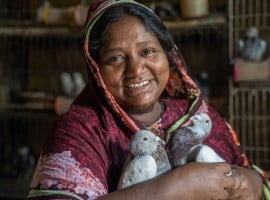
Read our 2024 annual report
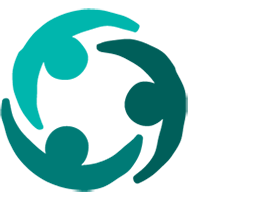
Knowledge Hub
Hunger is a pretty simple feeling to understand. But it’s also an incredibly complex issue that affects billions of people around the world.
Published annually by Concern Worldwide and Welthungerhilfe, the Global Hunger Index (GHI) gives us both a snapshot of current world hunger facts and figures, as well as a look at where we have (and haven’t) made progress, and what needs to change to get us closer to ensuring food security for all. Here’s what you need to know about world hunger at the end of 2025 and into 2026.
1. One in 11 people go hungry each day
The world produces enough food to feed all 8.2 billion people. Despite this, 673 million people went hungry for part or all of 2024.
In some ways, this represents progress: 55 years ago, one in four people around the world went hungry. We’ve also made gains in the last few years after hunger rates went up in the wake of the COVID-19 pandemic: In 2023, an estimated 733 million people experienced acute hunger, and in 2021 that number was 828 million. Still, we haven’t made up for the progress lost in the last five years since the start of the pandemic, and in some countries hunger rates have increased.

2. 770,000 people are currently facing famine conditions
Between 2011 and 2020, the Integrated Food Security Phase Classification (IPC) confirmed three instances of famine: Somalia in 2011, and South Sudan in both 2017 and 2020. In just the last year, the IPC has confirmed two: Sudan in late 2024, and Gaza in the summer of 2025.
But this isn’t the whole story. Whether or not famine is officially confirmed, the IPC notes that many more people are facing conditions that meet the criteria for famine. This includes several thousand people in Haiti and Mali, as well as over 83,000 people in South Sudan and 41,000 in Yemen. Taken together with those facing confirmed famine in Gaza and Sudan, those numbers exceed a quarter of a million people who are experiencing the highest and most catastrophic levels of food and nutrition shortages, with fatal results.
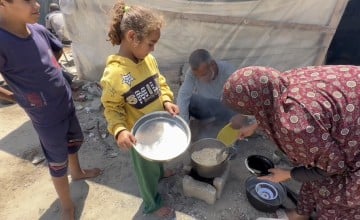
3. Hunger rates are serious or alarming in 42 countries around the world
The two second-highest categories of hunger on the Global Hunger Index — serious and alarming — apply to more than one-third of the 123 countries surveyed on this year’s Global Hunger Index. (Our highest category, extremely alarming, doesn’t apply to any of the countries on this year’s GHI.) This means that these countries have rates of undernourishment, child wasting, child stunting, and child mortality that far exceed a “normal” baseline.
Seven countries rate as alarming (learn more about those in our ranking of the world’s hungriest countries), and another 35 rate as serious.
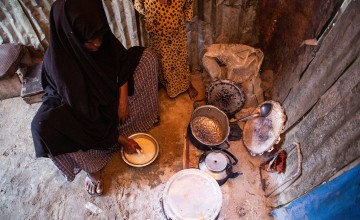
4. Many countries are slipping backwards in their progress to end hunger
While many countries rate high on this year’s Global Hunger Index, even those with high GHI scores have made progress in the last 25 years, including Somalia, Chad, and the Central African Republic.
However, many of the countries on this list have lost progress in the last ten years, their GHI scores rising along with increases in conflict, natural disasters, and financial crises. For the first time in years, we’ve been able to collect data from Syria, and comparing its GHI scores over the last 25 years shows how much of an effect the conflict has had on food security in the country: Its GHI score in 2000 was 14.8 (moderate). In 2025, it’s more than doubled to 30.6 (serious). Other countries with high GHI scores have made minimal progress since 2000, like Papua New Guinea (31.3 in 2000, 31.0 in 2025).

5. We’re having a harder time measuring hunger
You can learn more about how we measure hunger in this explainer, and different reports measure different data points. However, one thing all reports have in common now is that it’s becoming harder and harder to measure hunger. Local and national health systems have been defunded or destroyed in many countries due to protracted conflict, regional instability, and funding restraints. It’s also harder to get to areas where hunger is known to be prevalent, but not measured beyond that.
This is a problem that goes beyond data: As systems to measure and respond to hunger are dismantled or weakened, it creates a dangerous feedback loop. If we can’t see the need, we can’t deliver an appropriate response.
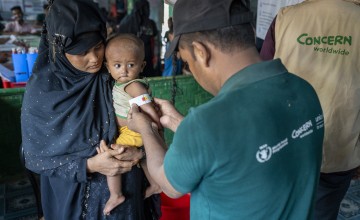
6. Funding cuts are also making it harder to fight hunger
In many cases the solutions to hunger are known, proven, and reliable. One of the biggest barriers to putting those solutions into place is crisis fatigue, which leads to both underfunding and funding cuts. The World Food Programme noted that it was facing funding cuts of up to 40% this year, which has led to the suspension of nutrition services for millions of people around the world. In recent years, response plans for many humanitarian crises have been underfunded, sometimes by more than 50% — and this is with response plans designed to meet the bare minimum for survival.
All of this adds up to more lost progress in the fight against hunger at a time when so many humanitarian crises are linked to food shortages, high rates of malnutrition, and risks for famine.

7. Conflict is the leading cause of hunger
In the last year, armed violence fuelled 20 food crises that affected nearly 140 million people, including confirmed famines in Sudan and Gaza. Between 2023 and 2024, this highest level of food insecurity more than doubled.
The destruction of these and other conflicts has a lasting effect on food systems and can carry a lifetime of consequences for children who become malnourished during sieges and blockades. At the same time that humanitarian spending has dropped, military spending has surged — an inversion of priorities that undermines the global hunger response.
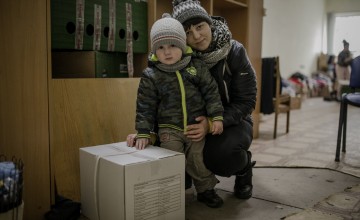
8. Climate is now a constant threat
Environmental risks and natural disasters used to be episodic. In many areas of the world they’re now constant threats, particularly for food security. Last year was the hottest on record, and extreme weather events are more frequent and more destructive, especially for food systems.
This is a key issue in many of the countries ranked at the bottom of this year’s Global Hunger Index: Madagascar has faced both regular cyclones and droughts. South Sudan is currently in the middle of yet another heavy rain season that’s resulted in devastating floods. Somalia (the hungriest country in 2025) has faced years of droughts, including the worst drought to hit the Horn of Africa in over 40 years.
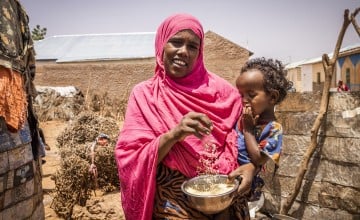
9. Nearly 3 billion people around the world cannot afford a healthy diet
Alongside natural disasters and conflict come economic crises. Even countries not at war have been hit by inflation due to conflict in Ukraine cutting off key supply chains, and many countries are still recovering from the economic downturns of 2020. About 35% of the global population (2.8 billion people) cannot afford a healthy diet as a result. That percentage is even higher in low-income countries, where more than 71% of people can’t afford a healthy diet.

10. 50% of all child deaths are linked to malnutrition
Children are hit especially hard by these crises. Nine million people die from hunger-related causes each year; roughly one third of them are children under the age of five. With their bodies still developing and relying heavily on food to fuel healthy organ, muscle, and cognitive growth, a single case of malnutrition can have a lifetime of impacts for them. They’re also more likely to die from preventable and treatable diseases as a result of a weakened immune system brought on by malnutrition.
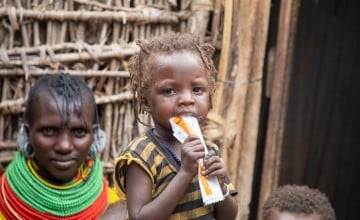
11. Emergency food aid is important, but so are longer-term solutions
Hunger intersects with other issues in the world. In the wake of a conflict or natural disaster, emergency food assistance is key to alleviating in-the-moment needs as families are displaced overnight.
However, longer-term solutions are also key to ending world hunger for good, which is something we can also focus on in ways both big and small, such as planting drought-resistant crops or working with communities to build small businesses that in turn give families a better financial safety net for when an emergency hits.
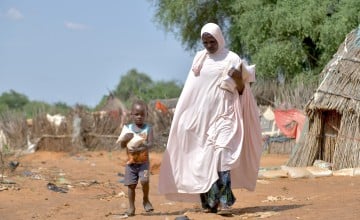
12. We aren’t going to reach Zero Hunger by 2030
Over the past decade, progress against hunger has slowed to a troubling degree. The situation is most severe in sub-Saharan Africa and south Asia, which face rising undernourishment, child mortality, and child malnutrition rates, driven by poor diets, economic challenges, and the increasing impact of natural disasters.
At this point, the goal of reaching Zero Hunger by 2030 is all but impossible. Moreover, if progress remains at the pace we’ve observed in the last decade, the world will not reach even low hunger levels until 2137 — more than a century away.

13. But that doesn’t mean we should stop fighting for a better future
The reality is grim. However, it shouldn’t derail us from working to end hunger. If anything, the facts of hunger in 2025 should serve as a wake-up call to the world that we need to address the trends that are increasing hunger, and accelerate progress towards supporting equitable, nutritious, and resilient food systems in the face of conflict and climate change.
We made incredible progress against hunger between 2000 and 2016. Over that period, the global GHI score fell by about 33%. We may not be alive to see hunger end within our lifetimes, but we have to protect the gains that have already been made, advance progress further, and ensure that the right to food for all receives the attention, resources, and actions it deserves.

Concern's work to end hunger
From Afghanistan to Yemen, Concern’s Health and Nutrition programmes are designed to address the specific, intersectional causes of hunger and malnutrition in each specific context. Our projects often combine two or more of the following areas of focus: agriculture and climate response, maternal and child health, education, livelihoods, and water, sanitation, and hygiene (WASH).
We played a key role in developing Community Management of Acute Malnutrition (CMAM), which has been recognised by the World Food Programme as the gold standard for treating malnutrition. Other recent successes, like Lifesaving Education and Assistance to Farmers (LEAF) have seen entire communities not needing humanitarian food aid for the first time in decades due to holistic and systemic shifts in agricultural practices and community care.
Last year alone, Concern reached 9 million people with health and nutrition programmes in 21 countries. Your support can help us to do even more in the year ahead.




